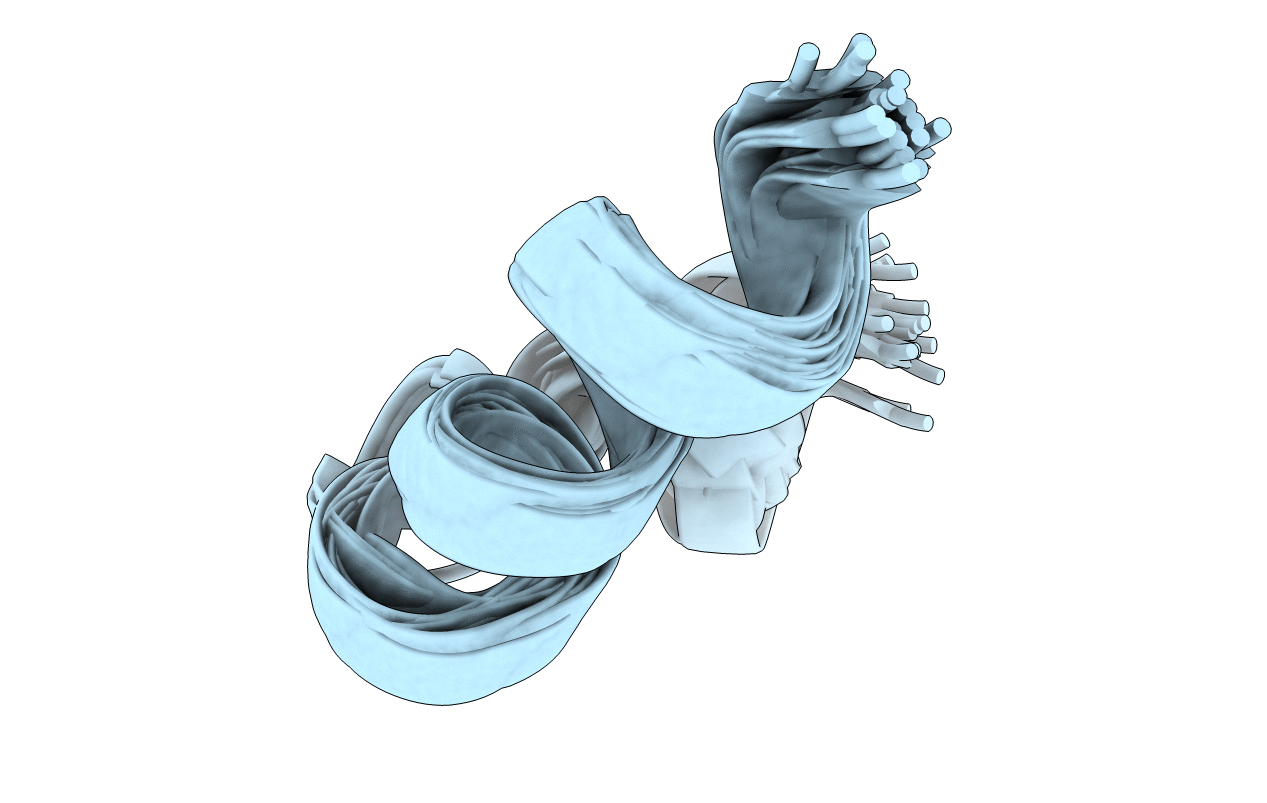
Deposition Date
2018-05-28
Release Date
2019-06-12
Last Version Date
2024-05-15
Entry Detail
PDB ID:
5ZYX
Keywords:
Title:
Solution NMR structure of K30 peptide in 10 mM dioctanoyl phosphatidylglycerol (D8PG)
Biological Source:
Source Organism:
Homo sapiens (Taxon ID: 9606)
Method Details:
Experimental Method:
Conformers Calculated:
100
Conformers Submitted:
20
Selection Criteria:
structures with the lowest energy


